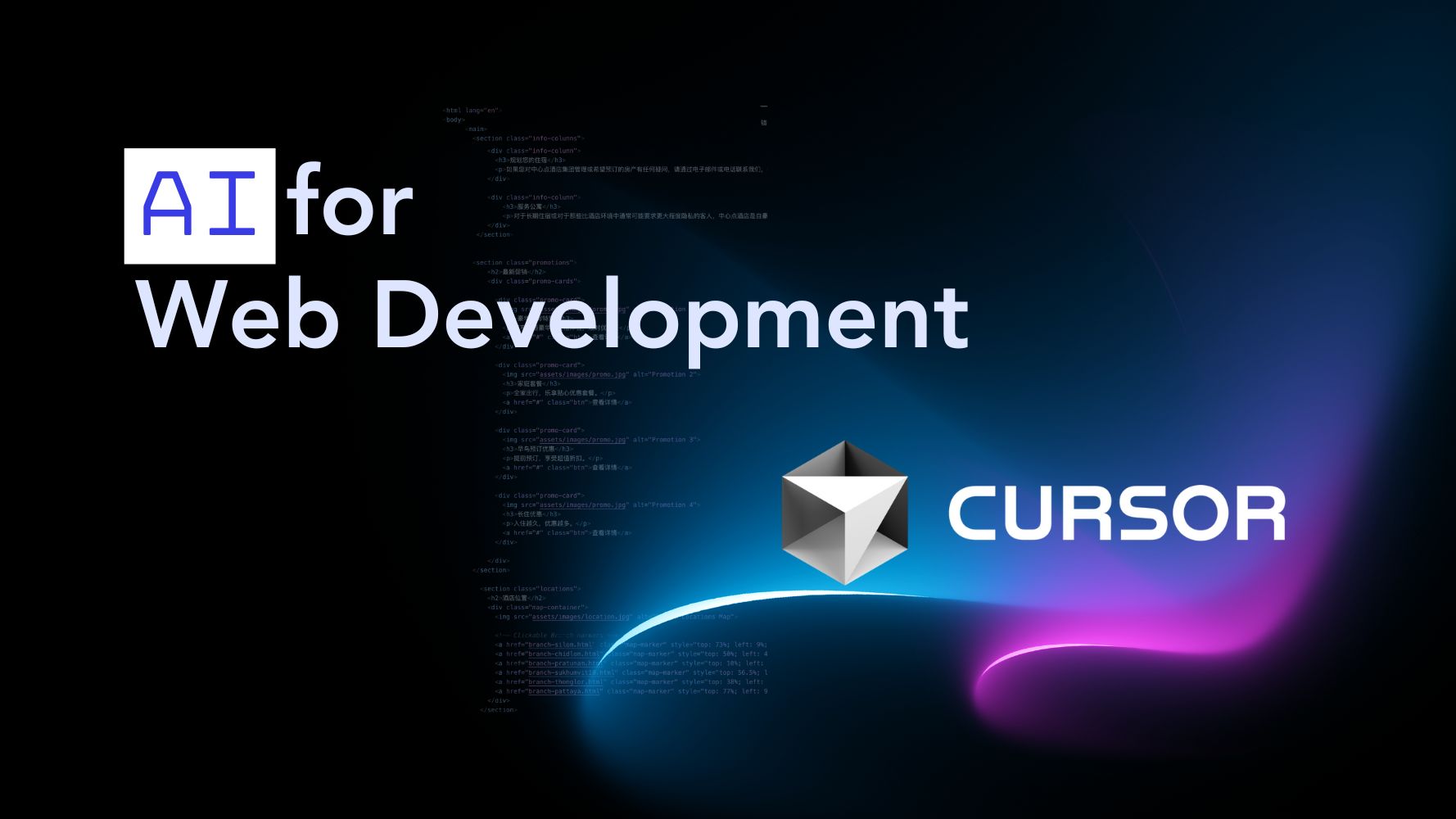Rethinking Web Development: How We Built a Site in One Week Using Cursor
We skipped the traditional design-then-code model and built a working website directly in code using AI. Here’s how Cursor helped us move faster

This week, we completed a full website redesign—and we did things a bit differently.
Instead of taking the usual route of designing static mockups in Figma, waiting for approval, and then starting development, we skipped design software entirely. We went straight into coding the idea directly using Cursor, the AI-native IDE, and let the layout and visuals evolve in the browser. It worked better and faster than we expected.
The result: a fully functional, multilingual 5-page website built in just one week.
The Context
The client already had an English-language site, which they had attempted to clone and translate for the Chinese market. Unfortunately, this resulted in a bloated and inconsistent build full of unnecessary scripts, unused CSS, and hard dependencies on tools that don't work in mainland China (like Google Fonts and Google Maps).
The result? The Chinese site was slow to load, if it loaded at all.
We were brought in to redesign from scratch, with one goal in mind: make the site open reliably and fast for users in China.
Why We Skipped Figma
This wasn’t a case of having an approved design and simply speeding up dev. In fact, we didn’t have an approved design at all.
We had a rough direction. We knew the content and the market (China). So rather than mock up screens and wait for rounds of approval, we built directly in Cursor using prompts to create the layout, structure the pages, and shape the visual hierarchy on the fly.
This allowed us to:
- Explore ideas faster than we could have in Figma
- Present working prototypes instead of static screens
- Get client feedback earlier, with a live site they could click through
It also made our internal collaboration better. Since the whole project lived in code from the start, we could:
- Prompt changes in real time during reviews
- Quickly test and swap entire layout concepts
- Maintain consistent styles, colors, and spacing without redrawing anything
- Experiment with multiple design directions without losing momentum
And because we were prompting for responsive behavior from the beginning, we were effectively designing for desktop and mobile at the same time.
We also tested across different screen resolutions, devices, and browsers as we built—something that’s often delayed until much later in traditional workflows. Color updates and style changes could be made with a single prompt and applied sitewide instantly.
That said, this approach only worked because we invested time up front to plan as a team. We clarified structure, content hierarchy, and visual principles early on so that when it came time to prompt and build, we were aligned and ready to move fast.
In other words: AI helped us go faster, but strategy made it effective.
Cursor Made It Possible
Here’s where Cursor stood out:
- Prompt-based UI generation: We described what we wanted, and Cursor scaffolded it in minutes.
- Multilingual by default: Since this site is for the China market, we needed Chinese content. Cursor generated placeholder text and inline comments in Chinese — making reviews with native speakers much smoother.
- Iterate quickly: No staging environment needed. We edited code live, previewed instantly, and moved fast.
Built to Evolve (If Needed)
While this site was built as a static HTML site for speed and simplicity, the underlying structure is clean and modular making it a solid starting point if we (or the client) ever choose to rebuild in React, TypeScript, or another framework in the future.
That’s the advantage of working in code from the start: you're not locked in. What begins as a lightweight static site today can grow into something far more dynamic without needing to start from scratch.
Not a Best Practice—Yet
We're not suggesting this replaces all design-first workflows. In many cases—especially large or high-stakes builds—Figma or design systems still play a critical role.
But for fast-moving projects? For teams comfortable in code? For client work where clarity comes from seeing and clicking, not static images?
It’s worth rethinking the order of operations.
AI tools like Cursor are reshaping how ideas go from concept to code. That's what we're actively experimenting with.
What About You?
Have you experimented with skipping mockups and jumping straight into code? Has generative AI changed your workflow?
We’re curious to hear how others are adapting.
Ready to Build Smarter?
If you're exploring faster, more flexible ways to launch your next website or want to see what AI-assisted development could look like for your business, we’d love to chat.
Contact us or follow along as we keep pushing the boundaries of what’s possible with AI and creativity.
